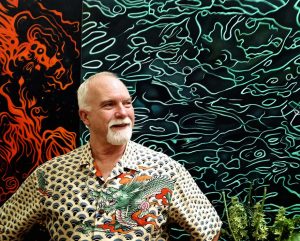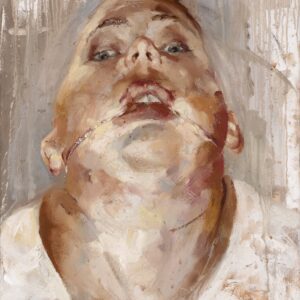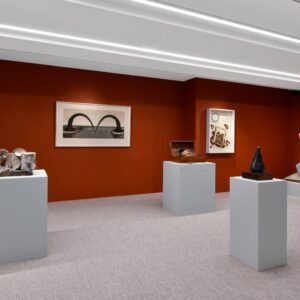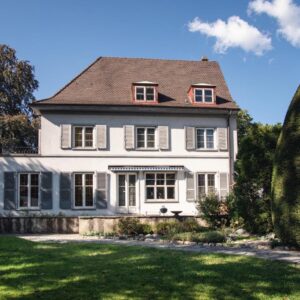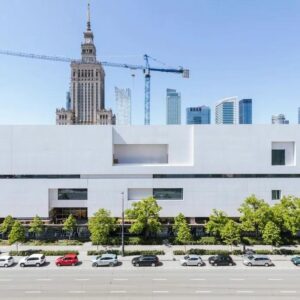
The end of the Second World War heralded the Atomic Era, where testing and concerns about nuclear weapons spread worldwide. While this affected many people around the world, James Stanford had a front-row seat as he was born in Las Vegas, Nevada, in 1948, just 88 miles south of the test site Mercury, where the United States Atomic Energy Commission triggered over 200 above-ground nuclear detonations up till 1962.
James says,
‘I can still recall the light that resembles an early morning sunrise from the blasts filling the night sky, and I felt the rumble of shock waves regularly sweeping down the Las Vegas Valley’.
These childhood experiences would shape his life, firstly in his career in the atomic industry as a technical illustrator and then as an artist whose works capture the glowing energy of the atomic age.

When you look at his dazzling artworks, the nuclear influence is evident, as it feels like we could easily be looking into the heart of a fusion reaction or explosion. The lack of sense of scale in the works also gives them ambiguity, suggesting this could be a collision of subatomic particles or the formation of stars in a nebula that’s light-years across. You may spot a mushroom cloud and other familiar images, but all elements of his pieces combine to allow anyone to interpret his work their way.
James truly fell in love with art at the Prado in Madrid, but he was still drawn back to the bright lights of Las Vegas – though this time, the bright lights were in the city and no longer outside it. Over the years, he has been chairman of the Las Vegas Arts Commission and president of the Las Vegas Contemporary Arts Collective. Through these roles and his wider practice, he has worked with local artists in Las Vegas to build a contemporary art scene that significantly improves the artistic desert he experienced in his younger years.

He’s not as well known in the UK, but that will change with the launch of his book, The Atomic Kid: An Aesthetic Formed in the Nuclear Landscape, which covers his life growing up in the shadow of nuclear testing and his artworks. Plus, he will have a major museum show at The Museum of Making in Derby in January 2026, titled Invisible Cities. The show, which takes its name from the Italo Calvino book, will draw parallels between Marco Polo’s twelfth-century Silk Routes and Derby’s nineteenth-century industrial history.
Las Vegas may no longer be known as ‘the atomic city,’ but it remains illuminated by the neon lights of the casinos. James Stanford’s art still shines brightly, as does the city where he was born and where he continues to live and work. The next time I drive into Las Vegas at night and catch sight of the city’s glow on the horizon, I will no longer think of the casinos; instead, I will be reminded of James Stanford’s atomic-inspired art.
More information on James Stanford’s work may be found on his website and Instagram.
